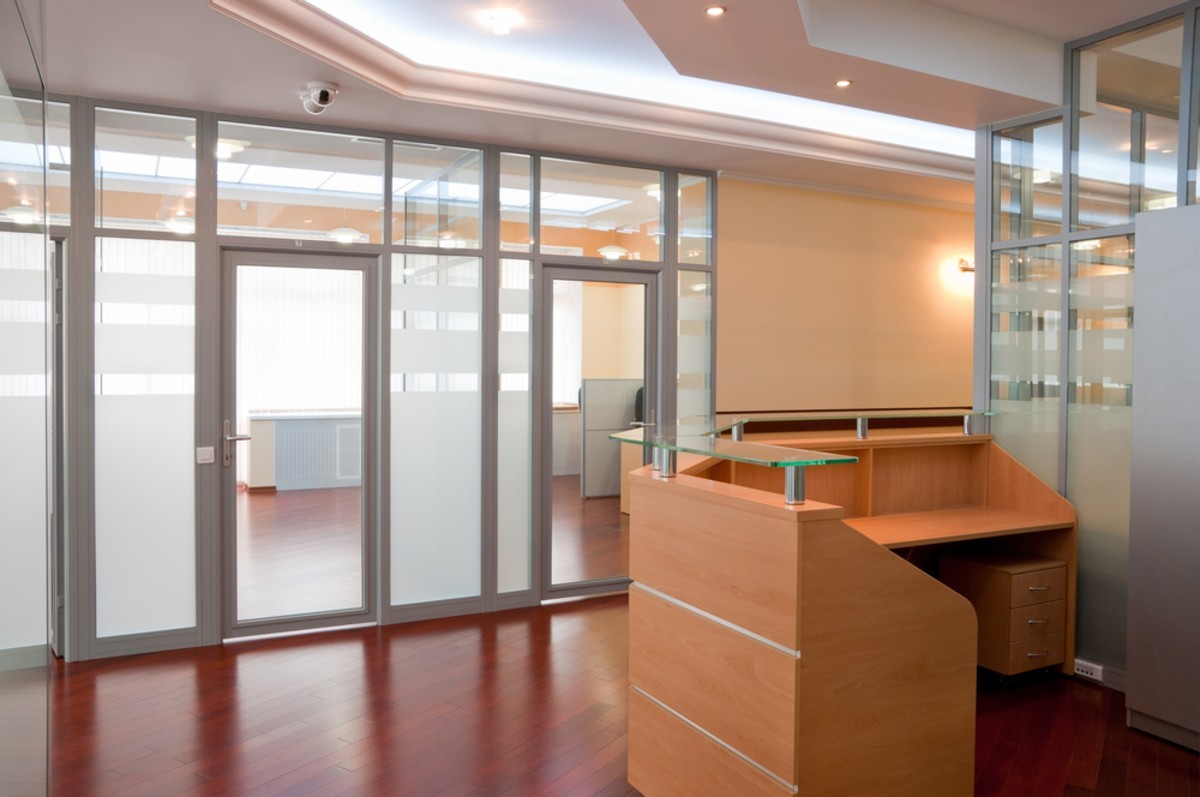Different Types of Commercial Doors Available Today

People have been using doors since time immemorial. Seeing the need to access the outside world without compromising the safety or the shelter's interior by exposing it to the elements, the concept of doors came to be. Now, it's also to separate rooms for privacy and definitely for security purposes.
The door's material is an essential element for any construction project. Each material considered must function for a purpose. It must be beyond just aesthetics because the doors we know and use now are more than just movable barriers; they must also be adaptable to the pressing environmental needs we face today.
These are the different types of materials for commercial doors available in the market today:
Steel
Steel doors are hollow most of the time, with a sheet of steel coiled around an interior substance, typically a resinous honeycombed core, foam insulation, and stiffeners in most situations. Steel doors are the industry standard for most commercial door installations because of the following benefits:
- Reliable
- Resistant to damage
- Cost-effective
- Long-lasting
For heavy-duty utility applications, steel doors are the best option. Steel is also an excellent material due to its recyclable aspect. This material is not just resilient to damage; it is also highly sustainable.
Fiberglass
Fiberglass doors are commonly used in schools and other high-traffic areas to resist continuous usage and abuse. Fiberglass doors are one of the most low-maintenance solutions available for individuals who want long-term durability. Many people choose these doors to:
- Lower maintenance and replacement cost.
- Long-lasting, dependable wear
Fiberglass is glass and made up of sand material. It is an excellent material with various potential because it is an abundant and non-depleting resource with many applications and eco-friendliness.
Overhead
Overhead door's composition is typically metal, like steel, and mostly reserved for larger spaces, such as loading docks, with widths of 8-10 feet. The utilization of these doors can facilitate the movement of enormous things, and their customizations can be to any height.
These door's design could enable it to coil up vertically to the ceiling, similar to garage doors. They are frequently either manually or mechanically operated. Due to its metal aspect, you can have the peace of mind that it won't impact the environment like other materials.
Wood
Wood commercial doors have a luxurious appearance and are an excellent choice for interior applications. They do not, unfortunately, always offer a similar level of durability as metal doors. Whenever subjected to dampness and other outside factors, they frequently degrade. When it comes to building wood doors, they are often of the following materials:
- Solid wood lumber
- Particleboard
- Vermiculite or pressed perlite
Wood is such an excellent material because it's recyclable and is eco-friendly. It is a sustainable, renewable, and light material that is hard to replace even by today's standards. Sturdy and dependable, its use will continue to persist because it's just that good.
Aluminum
Aluminum doors are prominent at the entrances of several commercial buildings and are a solid option if you require a neat, elegant door that also lets in some natural daylight. They're also low-maintenance, as they don't necessitate the staining and painting that wood and other metal doors do. These doors are only fire-rated for an hour is a disadvantage; most building rules need a higher rating.
Aluminum doors are an excellent choice because they are also sustainable and eco-friendly, drawing attention from many contractors wanting to build LEED-certified buildings. These buildings often have LEED access doors and panels that make them ideal for many modern projects.
Glass
Glass doors, as one might expect, let in the most sunlight, making your business or commercial space appear more open. Brick and mortar establishments frequently utilize these types of doors because they enable passers to see their merchandise. Other things to think about when it comes to glass doors are:
- Constructed from safety glass.
- Not usually fire-rated.
- Manufactured with or without a frame.
- Usually, hung on pivots.
A glass's composition is mainly sand, making it a sustainable material due to its abundance and recyclability. You can use this material with other robust materials to reinforce it because sometimes it gets brittle.
Final Thoughts
Selecting materials for a project might be an overwhelming and often tedious task. For this reason, you need to listen and rely on people who know more than you when you're about to make a significant move. It would be best to consult a licensed professional and think about all the options they offer you, especially if they are leaning towards sustainability because it is the current industry trend.
Be extra careful only to get your advice from someone legitimate. Never put your interests at risk by asking someone unqualified or without credentials. Remember, the advice you'll be getting will influence the direction and chances of success you'll have for your following projects.



